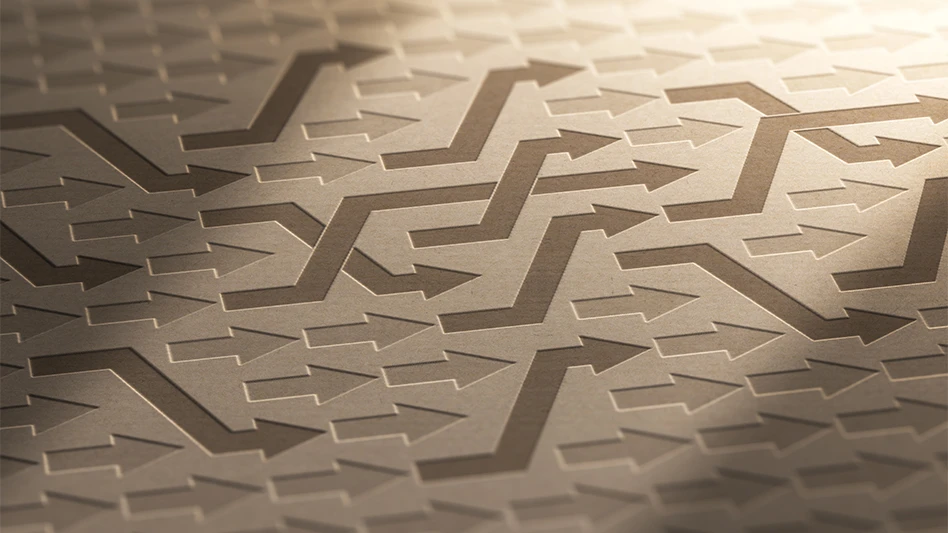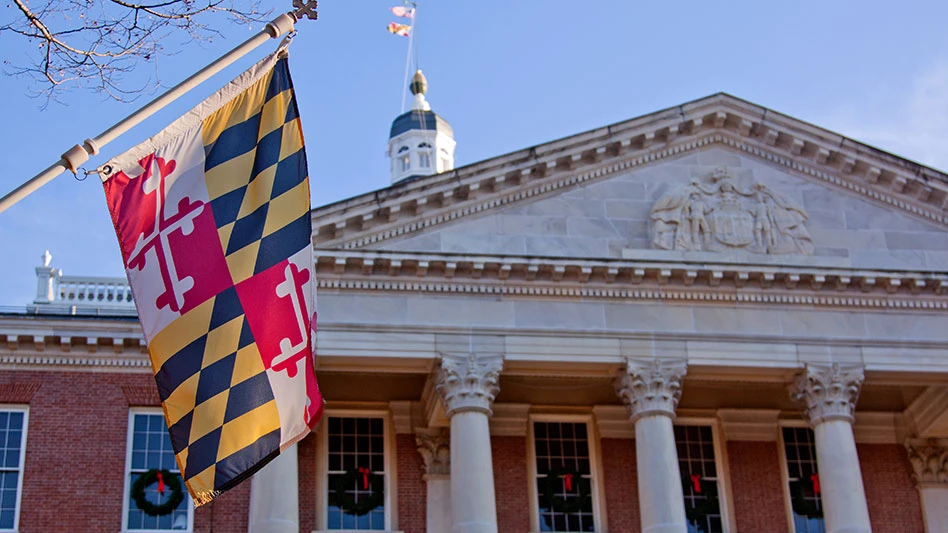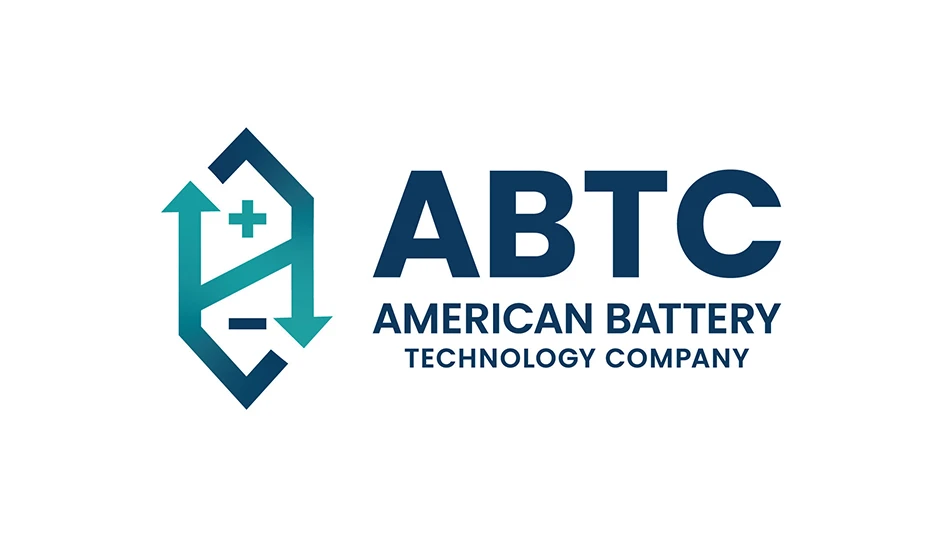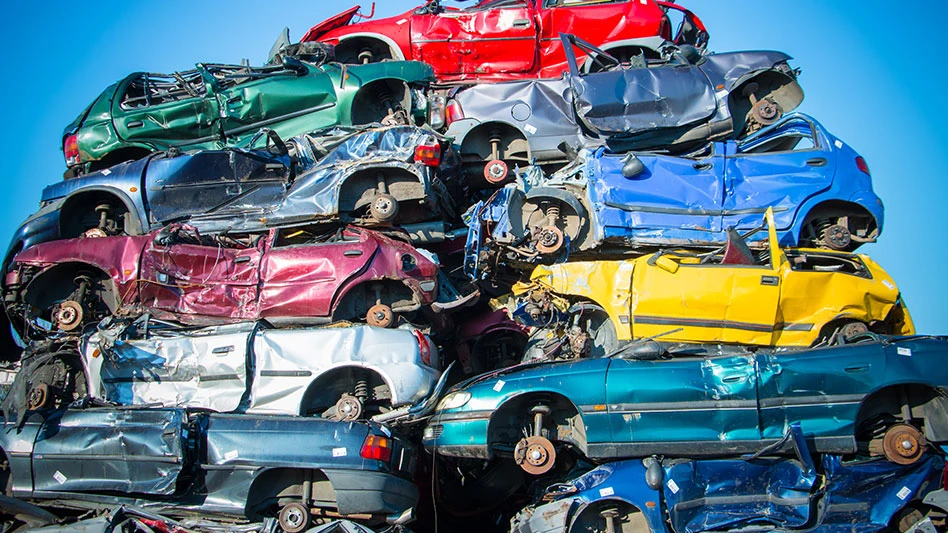FINAL SUPER BOWL XXXI RECYCLING FIGURES HIGH
All the aluminum cans have been counted, crushed and shipped off to be turned into new cans. The last loads of trash have been hauled away from the Louisiana Superdome. And tens of thousands of meals from 30,000 pounds of excess food have been served in shelters and soup kitchens around New Orleans. All of this adds up to one of the most successful environmental programs ever designed around a major league sporting championship, according to NFL environmental officials.
Working in partnership with the New Orleans Super Bowl Host Committee, the NFL helped design solid waste recycling systems for the largest Super Bowl-related events and a litter-free campaign at the New Orleans Convention Center staffed by nearly 100 volunteers from the local Audubon Institute.
And at the NFL Super Bowl Media Center, the official work place for media covering the Super Bowl, a full recycling system was set up. "We had nearly 3,000 people using the Media Center," says Ed Augustine, the NFL’s environmental program director. "Those reporters consumed more than 6,000 cans of soda and juice and we recycled almost every single can." More than 90 percent of the center’s waste was recycled.
The NFL also initiated waste reduction efforts, working with vendors to store corrugated cartons on site to be reused when hauling supplies out after the event. Also, vendors were asked to sell beverages only in Super Bowl souvenir cups, most of which people took home. This meant less waste was generated in the form of cups or containers. In addition, every VIP suite had a special Super Bowl recycling bin, and an average of 14 pounds of recyclables were collected per suite.
Vista Fibers processed the materials in its recycling facility, and the waste hauler was River Parish Disposal.
Recycling is new enough to New Orleans that there was a certain amount of novelty to the program, according to Groh. "We really like that the systems we put in place stay there," he says. "We try to solve problems with cooperation rather than by just throwing money at them, so that they will last after we leave."
GARBAGE-CAN-SIZED ROBOT TEACHES RECYCLING
You may have seen it wandering around at a recent recycling trade show, visiting exhibitor booths or challenging show attendees with recycling-related questions. It’s Curby The Recycling Robot, made by Robotronics, Springville, Utah. Curby was created to help teach people about recycling. In addition to moving, talking and listening, the animated garbage-can-sized robot can lift its lid, light up its eyes, wink, blink and move its eyebrows. "Curby loves to promote reducing, recycling and reusing," says a company official, "and he is an outstanding tool for teaching recycling at a community recycling center, mall, or school."
Curby is just one of many robotic characters offered by Robotronics. There’s Pluggie The Fireplug, Freddie The Firetruck, Bobby The Boat, Andy The Ambulance, and Billy The Book. For more information, call Robotronics at (800) 762-6876.
Museum Features Recycled Art
Hello Again: A New Wave of Recycled Art and Design, an exhibition of innovative and often surprising products created from recycled and reused materials, is being held at the Oakland Museum in California through July 27, 1997.
The exhibit displays more than 300 items made by noted international and national artists, designers and manufacturers, many from California. Some notable items include a Moschino evening dress of plastic trash bags, a sequined beer-can tunic by Isaac Mizrahi, bowls by Boris Bally made of traffic signs, and a Federal Reserve shredded money hat and stole by Estelle Akamine.
Other diverse materials used to create these works of art are New York Times blue plastic newspaper bags, melted-down guns, lumber made from milk jugs and detergent bottles, old computer circuit boards, used kitchen appliances, plastic garbage bags and telephone wiring.
The exhibition and its educational programs are designed to inform the public about the importance of recycling and encourage manufacturers to develop new recycled products.

Explore the August 2001 Issue
Check out more from this issue and find your next story to read.
Latest from Recycling Today
- Circular by Shapiro releases "5 for Five" sustainability series
- Graphic Packaging set to close Ohio CRB facility
- Ameripen voices support for Maryland EPR bill
- Matalco to close Canton, Ohio, plant
- Maryland county expands curbside recycling to include electronics
- California EPS ban will be enforced
- YKK AP America introduces BetterBillet
- Fresh Perspective: Cameron Keefe






